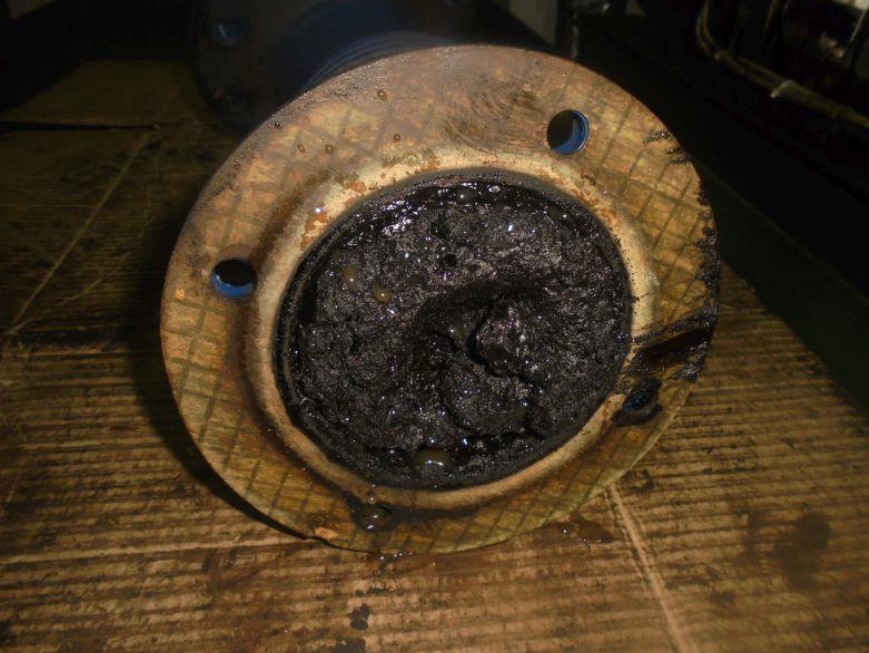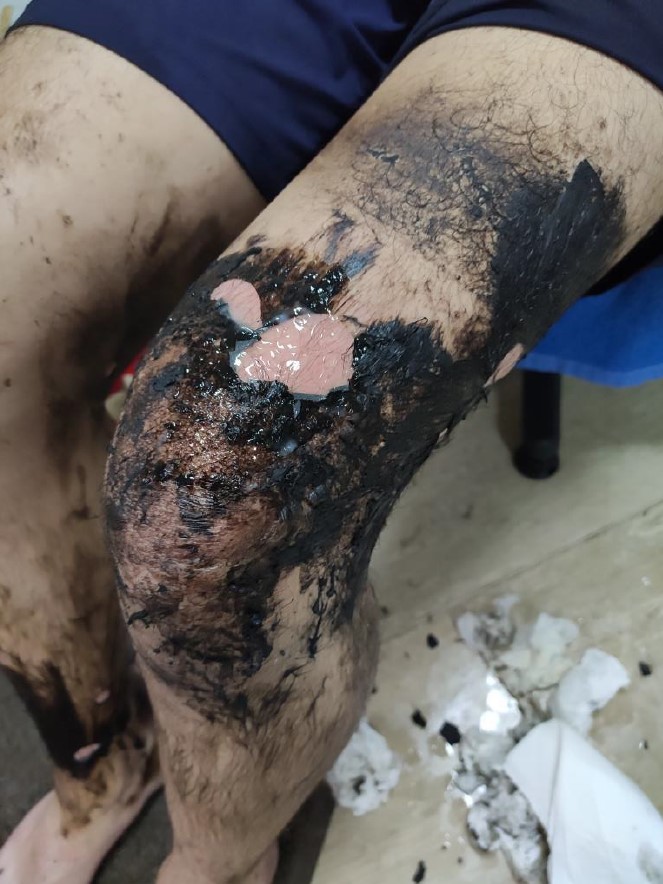Engineer suffered burn injuries in engine room incident
The Belgian Federal Bureau for the Investigation of Maritime Accidents (FEBIMA) has published its detailed and informative Report 2020/003688 “Report on the investigation into a serious injury on board” the capesize bulk carrier Mineral Temse in May 2020.
What happened
An engineer suffered severe burns when parts of his hands, arms and legs were covered with hot sludge from the sludge discharge line of a switched-off fuel oil separator. The incident occurred when he opened the inspection plug of the sludge discharge line.
The engineer was wearing loose shorts and a t-shirt. The vessel was authorized to sail with an unmanned machinery space.
After first aid on board and telemedicine consultation, the vessel went to port and the engineer was transferred to hospital, where he was diagnosed with 12% total body surface area mixed partial thickness burns.


An engineer suffered severe burns when parts of his hands, arms and legs were covered with hot sludge from the sludge discharge line of a switched-off fuel oil separator. The incident occurred when he opened the inspection plug of the sludge discharge line.
The engineer was wearing loose shorts and a t-shirt. The vessel was authorized to sail with an unmanned machinery space.
After first aid on board and telemedicine consultation, the vessel went to port and the engineer was transferred to hospital, where he was diagnosed with 12% total body surface area mixed partial thickness burns.
What were the causes/why did it happen
The report from FEBIMA concluded the following:
- The heating and pressurizing of the sludge in the discharge line in case of a complete blockade was not detected as a risk and so the inspection plug was opened very soon after the separator was switched off;
- Safety rules were not strictly followed outside the daily working hours in the engine room. The victim was not accompanied when inspecting the sludge discharge line and he was not protecting his skin with the necessary PPE. The hot and sticky sludge came into direct contact with the skin of the victim, aggravating the consequences of this accident.
Members may wish to refer to:
Safety Event
Published: 30 March 2021
Download: IMCA SF 09/21
IMCA Safety Flashes
Submit a Report
IMCA Safety Flashes summarise key safety matters and incidents, allowing lessons to be more easily learnt for the benefit of all. The effectiveness of the IMCA Safety Flash system depends on Members sharing information and so avoiding repeat incidents. Please consider adding [email protected] to your internal distribution list for safety alerts or manually submitting information on incidents you consider may be relevant. All information is anonymised or sanitised, as appropriate.
IMCA’s store terms and conditions (https://www.imca-int.com/legal-notices/terms/) apply to all downloads from IMCA’s website, including this document.
IMCA makes every effort to ensure the accuracy and reliability of the data contained in the documents it publishes, but IMCA shall not be liable for any guidance and/or recommendation and/or statement herein contained. The information contained in this document does not fulfil or replace any individual’s or Member's legal, regulatory or other duties or obligations in respect of their operations. Individuals and Members remain solely responsible for the safe, lawful and proper conduct of their operations.
